Rotating food storage can be a drag, and nobody likes to throw out food that’s gone bad. Here are some of the longest storing foods that make storing foods less of a hassle.
I have been storing food long enough that I have had to rotate my freeze-dried food storage. The taste and nutrition aren’t the same after 30 years. But stored properly, the following foods store indefinitely, which means you’ll never have to rotate them:
- Honey – Honey should be sealed in airtight jars and stored in a cool, dry place. Left open in a humid environment, honey will eventually spoil. Properly stored at a constant temperature, honey from Egyptian tombs was found to be edible after thousands of years. A sealed jar of honey may get darker and crystalize but warming it up will turn it back into its liquid state. Honey is acidic, with a pH between 3 and 4.5, lacks water, contains lots of sugars and even hydrogen peroxide, all of which inhibit bacterial growth. (Geiling, 2013)
In fact, honey is so effective at inhibiting bacterial growth that was used in dressings for cuts and burns at least since the time of the Sumerians, who first recorded its medicinal use, but has probably been used as medicine for much, much longer. It was also used in skin and eye ointments.
Obviously, adding anything to honey or these other long shelf-life foods, especially water, will cause it to spoil faster!
- Sugar – Sugar obviously has some of the same properties as honey. It’s not just high in sugar, it is sugar and sugar has also been used in wound dressings to inhibit bacterial growth. Sugar should be stored in an airtight, rodent-proof container and stored someplace cool and dry.
- Salt – Likewise, salt is low in moisture and inhibits bacterial growth. As long as salt is kept clean, dry, and free of pests, it should last longer than the person who stored it.
- Dried Rice – Like honey, sugar and salt, dried rice is another food that has been shown to store indefinitely in its natural state. (Geiling, 2013)
- Maple Syrup – Maple syrup is boiled and bottled, leaving few microbes to grow in this sugary syrup.
- Jello – Store it an airtight odor-proof container or it will absorb odors.
- Baking Soda – There’s not much to spoil in baking soda since it’s bicarbonate of sodium, however, it will absorb odors unless stored in an airtight container.
- Corn Starch – Great for thickening stew if you have a chicken coop or are able to bag game for the stewpot.
- Vinegar – Vinegar may not be a staple, but after living off wild edibles for a few weeks, there would be little you wouldn’t do for some salad dressing.
- Hard Candy – Living on a survival diet, a pack of hard candies like Lifesavers and Charms give an energy boost to get a cold body shivering again, heightened alertness, and a morale boost, along with some flavor. If you’ve ever seen a toddler on a sugar high, you know why Charms candies have been included in some of the US military’s survival kits from WWII all the way to 2007 when they were removed due to superstition that they brought bad luck. (DePastino, 2024)
I opened a bag of hard candy that I had in storage for over 30 years and Mrs. Cache and I tested it for this article. Some of it, like the butterscotch candies, had adsorbed other flavors and some candies a little plastic taste from the wrappers, but I’m somewhat surprised it is still edible even though I didn’t store it properly. I just tossed a big bag in on top off other food storage and the bag had some small punctures due to moving and shelf ware.
My advice is to not store mixed bags of hard candy, but instead sort them by type and can them or seal them in Mylar and add oxygen absorbers. But it was still edible even though it wasn’t stored properly, and we were surprised that the raspberry candies were still soft in the middle after all those years in storage. If one of us gets sick, I’ll let you know.
- Popcorn – Most salty, crunchy snacks don’t store well, but popcorn kernels do. Just to clarify, I am not talking about microwave popcorn or popped popcorn here but about the uncooked kernels.
- Liquor – Case by case. Some improve with age, others do not.
That might not sound like a long list, but a woman named Esther Dickey wrote a book called Passport to Survival: Four Foods and More to Use and Store, and it was about the different things that can be made with just four ingredients, two of which (honey and salt) are in that list. The other two (wheat and nonfat powdered milk) store pretty well too.
I don’t want to live off of just four foods if I can help it, but knowing how isn’t a bad thing, especially if you need to stretch food storage to feed more people than originally planned. And any kind survivalist could find themselves in that predicament.
Most foods store longer in a cool, dry, oxygen-free, sunlight-free environment with a stable temperature. I like to store dry packed and freeze-dried foods in double annealed #10 cans with oxygen absorbers.
A #10 can holds quite a bit of food, but not so much that if one can is contaminated a significant percentage of one’s food stockpile will be lost.
Storing food in 5-gallon buckets might feel like a time saver, but it drives risk up. If a rodent chews through a bucket, it can contaminate around 30 Lbs or more of food, depending on what was stored in it. Loose a couple of those and it can put a real dent in your food storage.
You don’t need access to just one or two ingredients when you cook. Open a few 5-gallon buckets and you are moving and stacking heavy buckets to get at the food. And once you crack a 5-gallon bucket open, 30 Lbs of food will go bad if not eaten. So, large containers are harder to manage.
Now imagine you used 55-gallon drums instead of 5-gallon buckets. Then you can lose hundreds of pounds of food in one go. They’re 10x heavier and 10x harder to manage.
10 cans stack 6 cans to a case in a carboard box and they are easy to stack and fit into nooks and crannies in the home. You can hide around seven hundred pounds of wheat underneath a queen size bed. So, that’s why I prefer to store food in #10 cans. The cans themselves, and the plastic lids have plenty of uses too. They can be turned into heaters, stoves, candles, cobbled together into stove pipe, or used as
These foods might not store for centuries or millennia, but they will 20-30 years when stored properly:
- Hard Red Winter Wheat – When we talk about long storing wheat is wheat berries or the whole wheat kernel once the inedible husk has been removed. They must be sprouted, soaked before being eaten or ground into flour before being used for baking or cooking. You could grind the kernels between two flat stones to make flour, but it is faster and better for your teeth to grind your wheat in a grain mill. If you can afford it, get an electric mill that also has a handle to grind grain manually.
If you have been into food storage for a long time, you have probably heard the myth that wheat from Egyptian pyramids was successfully sprouted. I have heard it, and repeated it, until I read an article in History Today’s website that stated that it was a persistent myth. (Moshenska, 2017) The USU website still repeats it.
Wheat should be stored in a cool, dry place that maintains a constant temperature between 40-60° F. Storage containers should be opaque, airtight, and rodent proof. Storing wheat in #10 double annealed cans with oxygen absorbers is a good method.
- Dried Grains -Other dried grains such as corn, and other types of wheat can store 25-30 years under the right conditions.
- Dried Legumes – Dried beans such as black beans and pinto beans can store up to 20-30 years.
- Waxed Hard Cheese – Waxed hard cheese was wrapped in paper, given room for air to circulate around it in the spring house, if the home was fortunate enough to have one, or the cellar. Both were dug deep into the earth where earth and cool water maintained a constant cool temperature of about 40° F and the cheesemaker could keep the humidity around 85%. Cold spring water kept dairy products cool, without freezing them, in the springhouse before modern refrigeration. Under these conditions, some waxed hard cheeses could be aged in excess of 25 years.
- Soy Sauce – Choose a soy sauce that comes in a sealed glass bottle, and which has just a few simple ingredients. Some can store up to 25 years.
- Dehydrated Foods – Dehydrated foods last up to 30 years, depending on the brand, ingredients and storage conditions. The higher the fat content, the lower the storage time. So, freeze-dried bacon might not make it ten years, but freeze-dried fruit may be good after 25-30 years.
A dusting of diatomaceous earth combats pests in dried grains and legumes. If you read my articles, you may know that I love multiuse substances and food grade diatomaceous earth has multiple survival uses:
- Non-toxic, Natural Insecticide – Used for the storage of grains and legumes and for garden pest control. (wikipedia, 2024)
- Antiparasitic – Food storage won’t go as far if you have worms. They aren’t great for your animals either. Diatomaceous earth is used as an antiparasitic in humans and animals. Does your dog have fleas? Do you want healthier hens that lay larger eggs with more albumen and larger yolks? A study says that adding 2% diatomaceous earth to their diet will do just that. (Bennett DC, 2011)
- Inhibits Mold in Food Storage
- Filtration – The microscopic hollow particles of diatomaceous earth allow water to flow past while trapping contaminants. It is used to filter water, honey, syrup, wine, and beer because it removes impurities without altering taste.
- Abrasive – Diatomaceous earth is mostly silica with a little alumina from the fossilized remains of tiny hard-shelled microalgae called diatoms. It is fine abrasive that works well as a metal polish, and it used in toothpaste.
- Stabilize Nitroglycerin in Dynamite – Couldn’t leave that one out, could I?
Food for Storage in Vehicles
Since storing food long term requires stable cool temperature, what can you store in your car? The key is to go with low-moisture foods like lifeboat ration bars. An MRE entrée won’t last a single summer in a hot car in the southern states. There are many brands to choose from: the New Millennium Energy Bar, Mainstay, Datrex, Seven OceanS and more. They all advertise a shelf life of 5 years but I have tested Mainstay and New Millennium after knocking around in my truck for more than ten years and they were still edible.
References
Bennett DC, Y. A. (2011, July). Effect of diatomaceous earth on parasite load, egg production, and egg quality of free-range organic laying hens. Retrieved from https://pubmed.ncbi.nlm.nih.gov: https://pubmed.ncbi.nlm.nih.gov/21673156/
DePastino, T. (2024, August 29). Unlucky Charms. Retrieved from veternsbreakfastclub.org: https://veteransbreakfastclub.org/unlucky-charms/
Geiling, N. (2013, August 22). The Science Behind Honey’s Eternal Shelf Life. Retrieved from smithsonianmag.com: https://www.smithsonianmag.com/science-nature/the-science-behind-honeys-eternal-shelf-life-1218690/
Moshenska, G. (2017, September 9). The Myth of Mummy Wheat. Retrieved from hisotrytoday.com: https://www.historytoday.com/archive/myth-mummy-wheat
wikipedia. (2024, August 9). Diatomaceous earth. Retrieved from wikipedia.org: https://en.wikipedia.org/wiki/Diatomaceous_earth


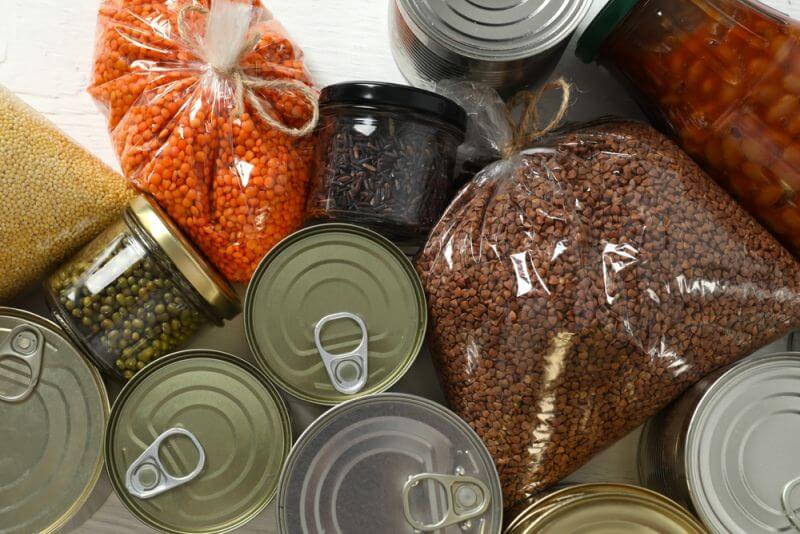



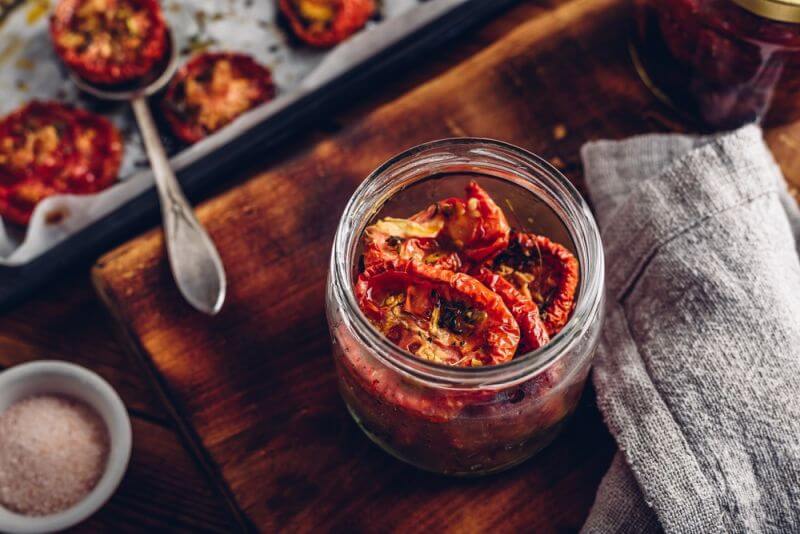
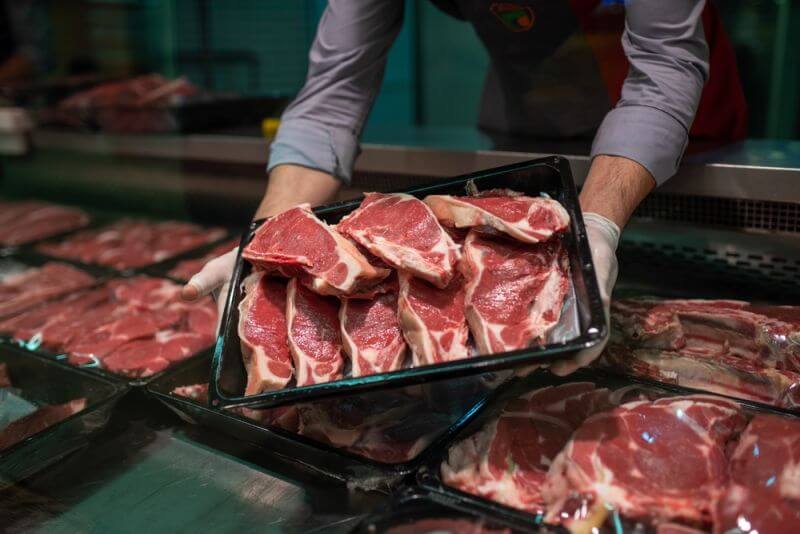
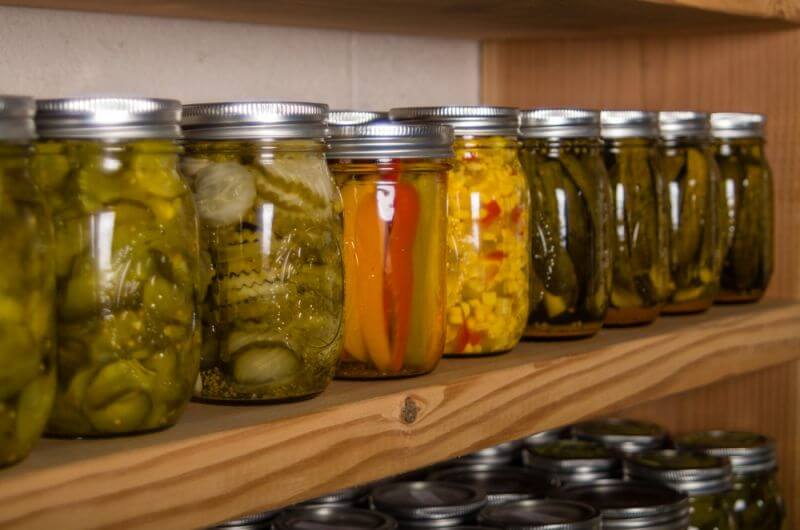
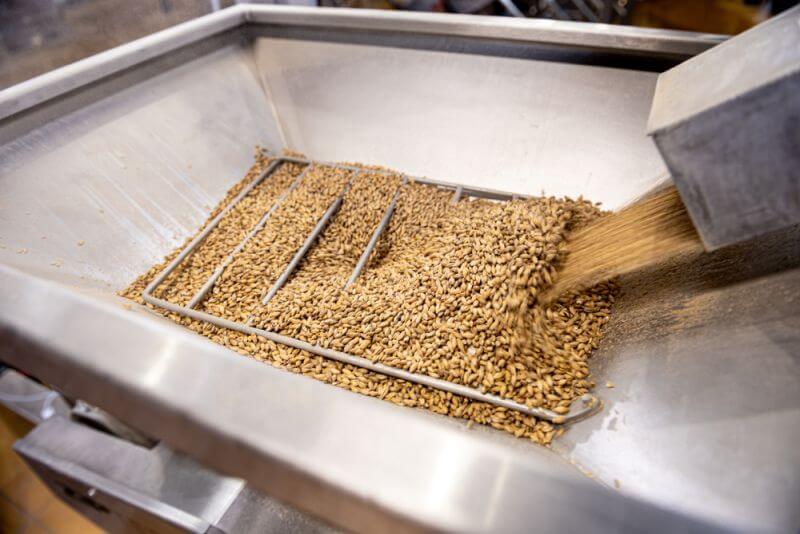

Ronald H Levine | September 28, 2024
|
Starvation and malnutrition are things we don’t think about much in our prosperous Nation, yet it is a problem for much of the population of the world. As such, we can learn now the surprising major cause to address it with our preparedness.
First, disregard “emergency preparedness,” being rescued or thoughts of “until things return to normal (after a localized and passing disaster). Preparedness, actual preparedness, entails a mindset of understanding change.
History is a chronology of change and from each change there is more change to follow. History is not things returning to normal and is not reversible. Just ask the people of Venezuela if they can reverse their vote for socialism and vote back freedom and prosperity!
Here is the starvation lesson from history and present day. Most starvation is not from lack of food in the world. It’s mostly from lack of being able to get and keep the food.
A peach tree might provide more peaches than you can eat in a year. But, the prime eating peaches at the peak of ripeness are only available for a very short time.
Keeping them entails various methods of food preservation. It can be drying or canning. I have a mountain of canning jars and pressure canners and more concepts
[email protected]
Cache Valley Prepper | September 29, 2024
|
Very true. Thanks for reading and commenting!
– Cache
Sonya | November 24, 2024
|
Hi there,
How long would conserved peaches, or other fruit, cooked in their own juices, last?
(In glass jars properly sealed and sterilised with metal lids)
Thanks,
Sonya